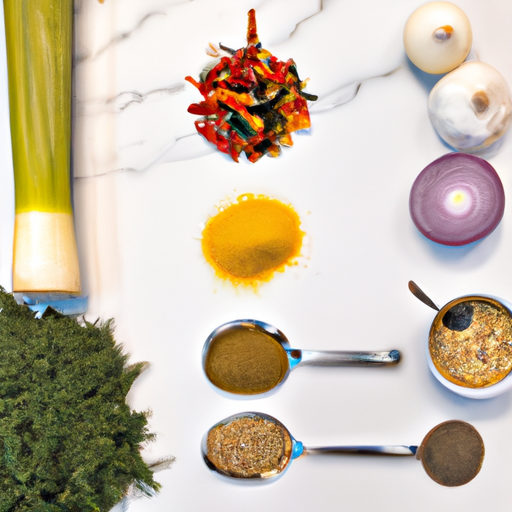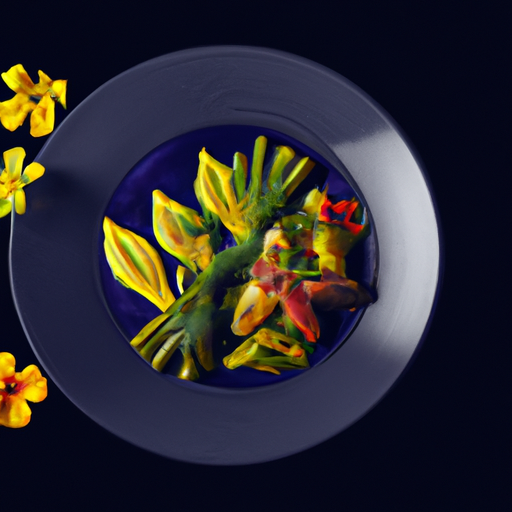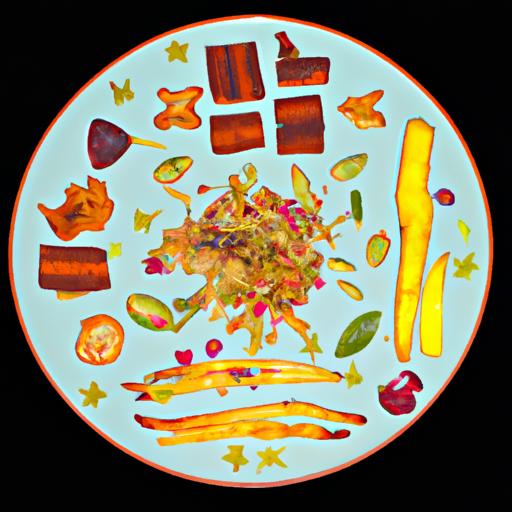Explore the exciting intersection of traditional cooking methods from different cultures creating innovative flavor combinations. Leading chefs are breaking culinary boundaries by blending techniques and ingredients in unexpected ways. This comprehensive guide reveals how to successfully merge diverse cooking traditions in your own kitchen.

The culinary world is experiencing an unprecedented transformation as global fusion cuisine redefines traditional boundaries and creates exciting new flavor combinations. This evolution goes beyond simply mixing ingredients from different cultures; it represents a deeper understanding and respectful integration of diverse culinary traditions, techniques, and philosophies.
The history of fusion cuisine is as old as trade itself, with each wave of cultural exchange bringing new ingredients and techniques to different regions. However, modern fusion cuisine is distinguished by its intentional and informed approach to combining elements from different culinary traditions. Today's chefs are not just experimenting randomly; they're creating thoughtful combinations based on deep knowledge of multiple cooking traditions.
Understanding the principles of successful fusion cuisine requires knowledge of both traditional cooking methods and modern techniques. The key lies in recognizing which elements of different cuisines can complement each other while respecting the integrity of each tradition. This might mean combining French cooking techniques with Asian ingredients, or applying Mediterranean flavors to Latin American dishes.
The role of ingredients in fusion cuisine cannot be overstated. Access to global ingredients has expanded dramatically, allowing chefs to experiment with authentic components from various cultures. However, successful fusion cuisine often relies on understanding how to substitute local ingredients while maintaining the essence of traditional dishes.
Technique fusion represents another important aspect of this culinary movement. Combining cooking methods from different cultures can lead to innovative results. For example, applying French sous-vide techniques to traditional Asian braising methods, or using Middle Eastern spice combinations in classical European pastry.
Balancing flavors becomes particularly crucial in fusion cuisine. The successful combination of different culinary traditions requires a thorough understanding of how various taste elements - sweet, sour, salty, bitter, and umami - work together across cultural boundaries. This knowledge helps prevent creating dishes that are merely novel without being genuinely delicious.
The influence of global fusion extends beyond restaurant kitchens into home cooking. As people become more familiar with diverse cuisines, they're increasingly comfortable experimenting with cross-cultural combinations in their own kitchens. This democratization of fusion cooking has led to exciting innovations and new family favorites.
Sourcing ingredients for fusion cuisine requires both creativity and flexibility. While authenticity is important, successful fusion cooking often involves finding clever substitutes when traditional ingredients aren't available. This challenge has led to interesting innovations and discoveries in cooking techniques and flavor combinations.
The presentation of fusion dishes offers another avenue for creativity. Many chefs combine plating techniques from different cultures to create visually stunning dishes that reflect their mixed heritage. This visual aspect helps tell the story of the dish's cultural influences while creating an engaging dining experience.
Consideration of texture is particularly important in fusion cuisine. Different cultures have varying preferences for texture combinations, and successful fusion dishes often play with these expectations in interesting ways. Understanding how different cultures approach texture can lead to innovative combinations that might not be traditional but are nonetheless appealing.
The future of fusion cuisine continues to evolve as global connectivity increases and culinary traditions become more accessible. The challenge lies in creating dishes that honor their diverse influences while offering something new and exciting to diners. This balance between innovation and respect for tradition defines the most successful fusion cuisine.



